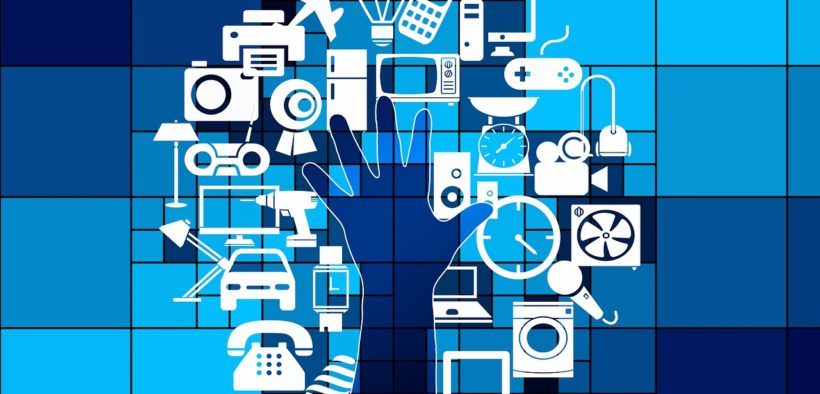For many people the concept of “Internet of Things” (IoT) is still something new. What’s an even newer concept is the “Blockchain of Things”, a term that was recently used at the IoT Festival 2018 where Microsoft, IBM and other technology giants participated.
So, what is the “Blockchain of Things”?
Simply put, IoT means the interconnection via the Internet of computing devices embedded in everyday objects, enabling them to send and receive data.
Blockchain of Things (BoT) goes one step further and provides an enterprise-class security infrastructure by leveraging cryptographic blockchain for IoT.
IoT technology is gradually showing its limitations and deficiencies, whereas by incorporating blockchain technology it can solve most of the pain points of IoT. This combination of IoT and blockchain is called Blockchain of Things.
Blockchain of Things is the evolutionary form of IoT and is the future. Many people in the tech industry are of the view that IoT by itself — not evolved into Blockchain of Things — will be extinct in 20 years.
The Industry pain points commonly encountered in the development of IoT include:
Device security
IoT devices, such as smart home air conditioners, smart street lights, smart smoke alarms etc are difficult to secure, due to the high development cost. They are easily hacked and can even be controlled or infected with malicious software.
Personal Privacy
Existing IoT devices are centrally controlled and managed with all of the users’ data aggregated into a data center. However, this leaves the data center at risk of being attacked or hacked. Data business models are maturing and the commercial value of user data is increasing, making the disadvantages of storing data in data centers even more precarious.
Demand on Server Architectures
The number of IoT devices are set to go through an explosive growth. This growth will increase the load placed on the current IoT center control system and existing server architectures won’t be able to meet this demand.
Communication compatibility
Many companies around the world have developed their own IoT platforms without common standards and languages between platforms. This makes it difficult for them to communicate with each other and will bring a lot of friction to the entire development of IoT.
Multi-agent cooperation
IoT devices are mainly produced by self-organizing networks of operators and enterprises. However, the amount of IoT devices will inevitably grow and IoT devices will also need to communicate with each other, leading to higher costs among the entities involved in cross-subject collaboration.
Application of the Blockchain of Things
Real-time supply chain management
The Blockchain of Things can achieve a real-time supply chain management and decentralized database through blockchain consensus and smart contracts, without the need for third-party trust institutions. The Blockchain of Things can also monitor, trace and tamper-proof the entire process of production, processing, transportation and sales of raw materials. Compared with the existing supply chain, it can clearly define the distribution of power and responsibility, reduce costs and increase efficiency.
Value Network
The Blockchain of Things connects the value of physical objects to the digital world (blockchain) so that each object can fully realize its value and gain the opportunity for value exchange.
It can also shape intangible assets such as user information and usage data in the Internet of Things into transparent and valuable deterministic assets and provide a reliable trading and sharing platform. Users can also manage their own usage data and obtain the benefits generated by them while ensuring personal privacy.
Sharing economy
BoT can write shared ideas and patterns into blockchain smart contracts and handle contracts for rent, deposits and rules through smart contracts. Blockchain technology can eliminate the role of the central platform, simplify the use of sharing services and make sharing management more accurate. For example, the fee for shared bikes can be measured in minutes or even seconds. The blockchain’s information features can also improve mutual trust in the sharing economy. For example, when offering a house for rental, homeowners need to provide their true identities and ensure the reliability of their listings and the safety of their tenants.
Blockchain Technology is Set to Transform the Supply Chain


























































Follow us on social media